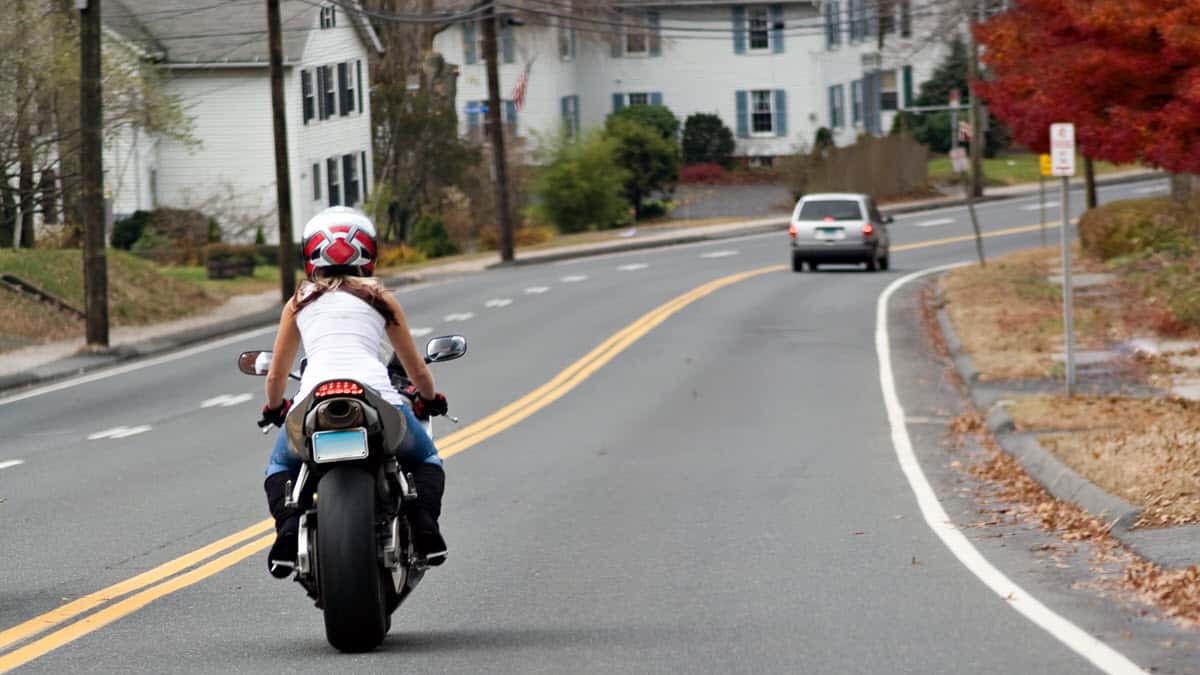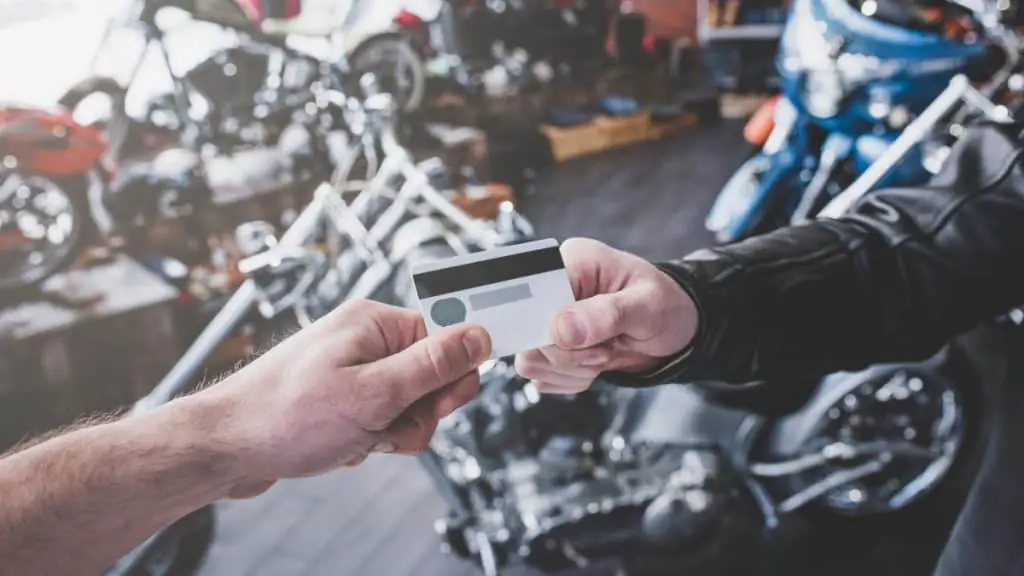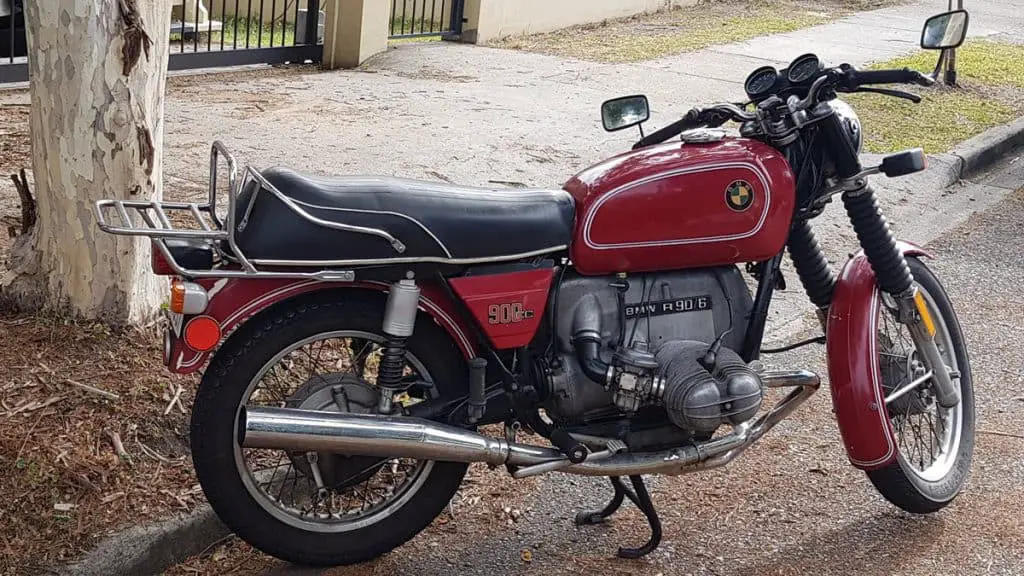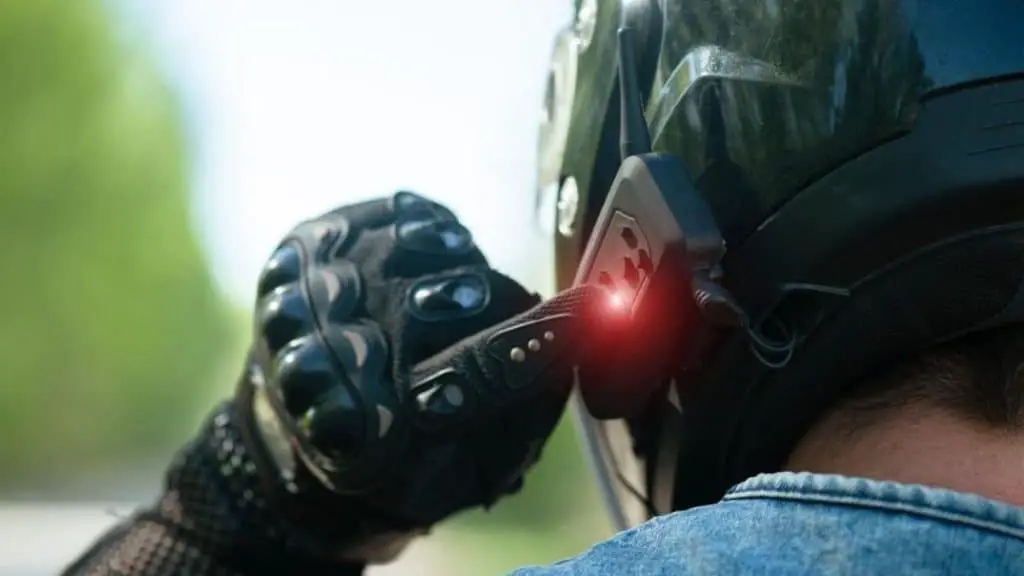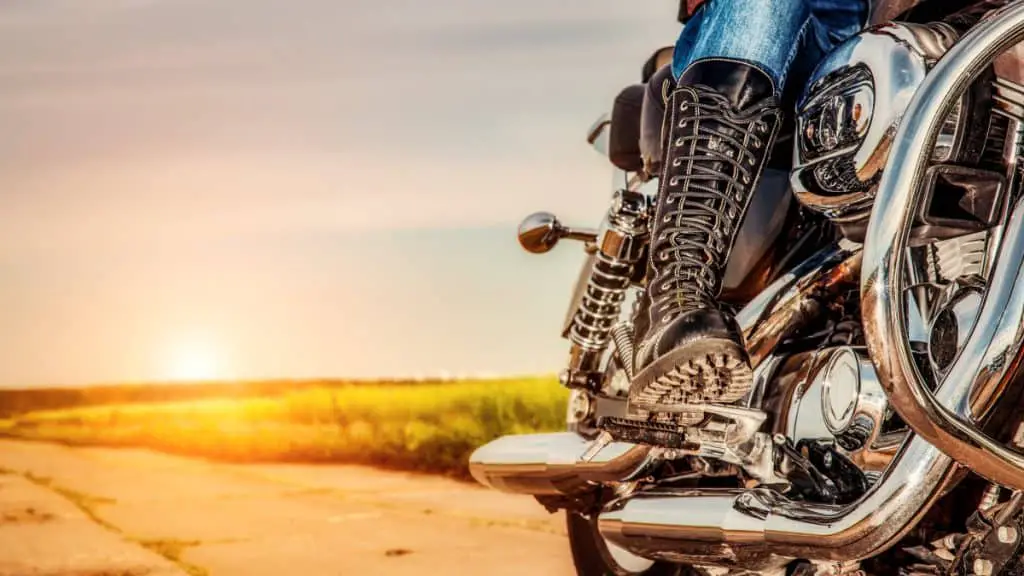Should I Wear Safety Gear When Riding a Motorcycle?
Should I Wear Safety Gear When Riding a Motorcycle?
I honestly think that this question has been at the back of the minds of every motorcyclist since the humble motorbike was invented. Think back to your earliest exposure to the concept of a powered 2 wheel vehicle and depending on your age you’ll probably imagine Steve McQueen tearing around on a Triumph Bonneville. What you may or may not have noticed is that he was usually seen wearing a jacket. Specifically, a leather jacket.
Now, it could be argued that the jacket was purely for aesthetic purposes and contributed to the cool “rebel without a cause” look that was popular back then. Or maybe Steve was just mad keen on health and safety – I guess we’ll never know. But the fact is that, knowingly or not, a thick leather jacket offered far more protection than your average button-down shirt or wife beater.
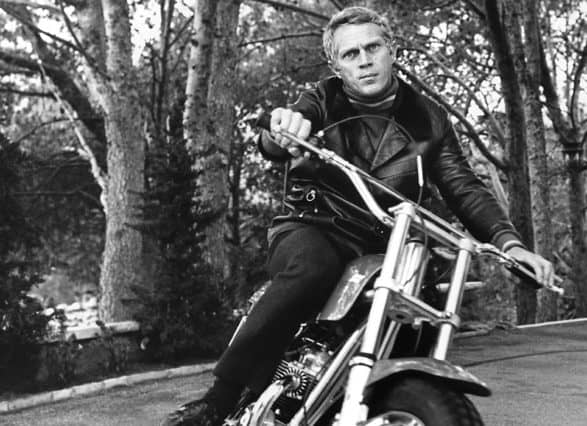
The question has always been one of balancing safety with risk. “Am I going to crash today?” The answer of most people would be a confident “no”, but anyone who was being realistic would answer with “I hope not, but you never know…”.
Secondly, if you are going to wear gear, will it just be a helmet and gloves? Which introduces another element to the paradigm, comfort. No one really wants to wear a one-piece leather race suit in the height of summer unless they really have to or are forced to, as you would be if attending a track day (there might be a lesson in there somewhere).
A more recent consideration is the law. In most western countries, a helmet is the absolute bare minimum you’ll need to be wearing to legally ride on the road. I know many people who would forego their helmet entirely if they could, although they probably haven’t thought about where they would then attach their moto vlogging cameras.
What Am I Most Likely To Break?
No two accidents are the same, and whilst fatalities occur at 30mph it’s also possible to walk away from a 70mph crash (and much faster as seen in MotoGP).
With that being said, it is possible to reduce the risk of severe injury with smart gear choices.
The bones most likely to be broken in your upper body are the wrist’s Radius and Ulna, followed by the Humerus. This is because our arms are often the first point of contact when landing from a fall and can end up in all sorts of awkward positions.
In the lower body, your Tibia, Fibula, and Femur are most at risk which is pretty much most of your leg. You ride a motorcycle by straddling it with your legs so it isn’t hard to see why this is the case.
However, also among the most common types of motorcycle injuries are skull fractures, concussions, rib fractures, spinal injuries, and of course, significant torn skin and lacerations.
On top of that, wearing a helmet means you’re 37% less likely to experience a fatality and 67% less likely to receive a serious brain injury. I’m no mathematician but I like those numbers.
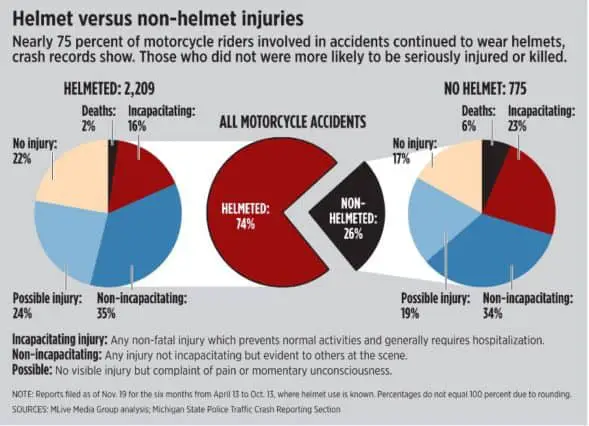
Having seen the after-effects of a few motorcycle accidents, I’m firmly in the ATGATT camp. This means that every exposed inch of my body will be wearing at least some sort of clothing that will protect my skin and joints in the event of an off.
Whether you wear gear, as well as how much, is entirely up to you but I would prefer it if you made an informed decision. It may just save you some money in medical bills or lost earnings in having to take time off work.
The Helmet
You should never be on the road without one. This piece of kit is more likely to save your life in the event of a crash than any other. The forces transmitted through your skull when your head has hit something hard are much higher than people think, even at low speeds. As an example, it’s possible to die from head injuries if you fall off your bike whilst stationary if you don’t land properly.
Good helmets are also much cheaper than they use to be. They’ll still meet all of the required safety legislation whilst possibly omitting a couple of nicer features like pin lock visors and good ventilation.
The Jacket
The jacket is my personal favorite piece of gear, possibly for the reasons given above. Your obvious options are either leather or textile. Textiles are great because they are usually waterproof and flow a lot of air but they do not stand up to the same amount of abuse that regular grade cowhide does. If you’re going textile, make sure it is made out of at least 500 dernier Cordura. Leather motorcycle jackets are usually at least 1.2mm thick and offer the best protection in terms of both impact and abrasion resistance.
Both types should contain pockets in the elbows and shoulders for CE rated armor that can withstand impact forces.
The Back Protector
Your spine is important and damage to it is one of the worst possible outcomes of a crash.
Most jackets will have a space to insert a back protector into a pocket in the rear of the jacket. If your jacket doesn’t come with one or you have a few different wardrobe options, consider a standalone back protector that attaches to you like a harness. Great protection and it may even be more comfortable than an integrated one.
The Gloves
A lot of people overlook the importance of a decent pair of motorcycle gloves. Your hands are usually the first thing to hit the ground in the event of a fall as you try to prepare yourself for the landing. Therefore, your gloves need to be leather as otherwise they’ll be ripped apart on impact and won’t protect your hands as you slide along the road at 50 mph.
The best gloves out there will protect your hands from road rash and lessen the risk of broken fingers and wrists by incorporating different types of leather and using palm sliders. Look for the gauntlet type as these extend up your arm a little further and are less likely to come off in the event of a crash.
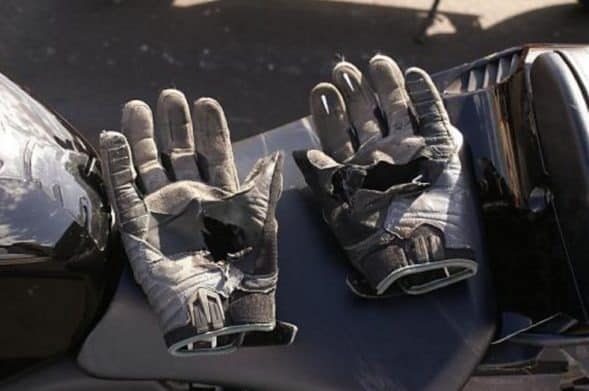
The Pants
If you’re going to protect your torso, then you might as well protect your legs. If you land on your pelvis, then you’re probably going to break it which means being bed-bound and out of action for months. If you land on your knees, then you’ll cause lasting damage to cartilage and walking will no longer be as pleasurable as it once was (ask me how I know). To top it off, if you land on your ass, a nurse will soon be scraping gravel out of it with a grater.
To avoid this, your options are again leather or textile. You want to balance comfort with protection so look for a pair that offers a lot of ventilation whilst still offering a good level of abrasion resistance. I like to wear jeans when I ride so I have a pair of Kevlar jeans that also incorporate Cordura into the fabric.
Like your jacket, you need to be wearing added armor in the important places which are your hips and knees. Most pants will have the required pocket so you can slide in your chosen CE rated armor.
The Boots
That’s right, boots, not trainers. The key here is protecting the ankle against shearing and rotational forces. Otherwise, you might find bones poking out of places they shouldn’t be. There are a number of purpose-made motorcycle boots on the market that look like high tops whilst offering far more protection against abrasion and unwanted snapping. Which is a good job as the Tibia and Fibula bone (in your lower leg) are the most likely to break in a crash.
Good To Go
Of course, carrying all this gear around can be difficult. If you commute to work and don’t use a top box or have a bike fitted with a set of panniers – a suitable motorcycle backpack might be your next best option. The better models out there are large enough to fit a helmet inside in addition to your gloves and few other items.
And whilst we’re at, make sure that your tires are always in good condition with plenty of tread remaining to reduce the likelihood of having a nasty accident – check out our motorcycle tire buying guide and sales page for more information.

